Savamala - the One That No Longer Exists | Old Belgrade Stories
- Ratomir Veselinović
- 6 min
- 20 February 2022.
- Entertainment
There is a part of Belgrade that remembers events from over a hundred years ago. It is a neighborhood that emerged near the Sava River and Bare Venecije, outside the former fortifications that surrounded the city. In the early 20th century, it transformed from a humble village filled with dilapidated wooden shacks into the most luxurious settlement and a kind of center of Belgrade. Even today, it exudes history and the nostalgia of bygone times.
In the midst of modern and intense urban changes in this part of the city, let's explore the former Savamala and reminisce about the buildings that are no longer there...

It's not hard to imagine the period from the early 18th century - in 1717, the Austrians conquered Belgrade, and the Turks withdrew, leaving the city to embrace the European spirit. It was precisely with the influence of that European spirit that the first settlement on the banks of the Sava River was established. At that time, Belgrade was divided into three towns. The German town encompassed the area around Dorćol, which was inhabited by Germans from the Pfalz region and other parts after the departure of the Turkish population. The Serbian town was located around the Saborna Church and Kosančićev Venac. The third, Nova Varoš Beogradska (later known as Savamala), developed on the slope of the Sava River, between today's Kralja Milana, Kneza Miloša, Nemanjina, Karađorđeva, Pariska Street, and the former Sava Gate. The backbone was along Karađorđeva, Bosanska (Gavrilo Princip), and Sarajevska Street. They were the center of life, as well as home to numerous taverns like Bosfor, Kičeva, Venecija, Deligrad, Liman, and many more. According to the 1733 census, there were about 90 houses in Nova Varoš, with a population of around 800 inhabitants, mostly Serbs, Armenians, Greeks, and Jews. They were engaged in trade and crafts, so there were blacksmiths, swordsmiths, coppersmiths, as well as tailors, tanners, barbers, and painters.
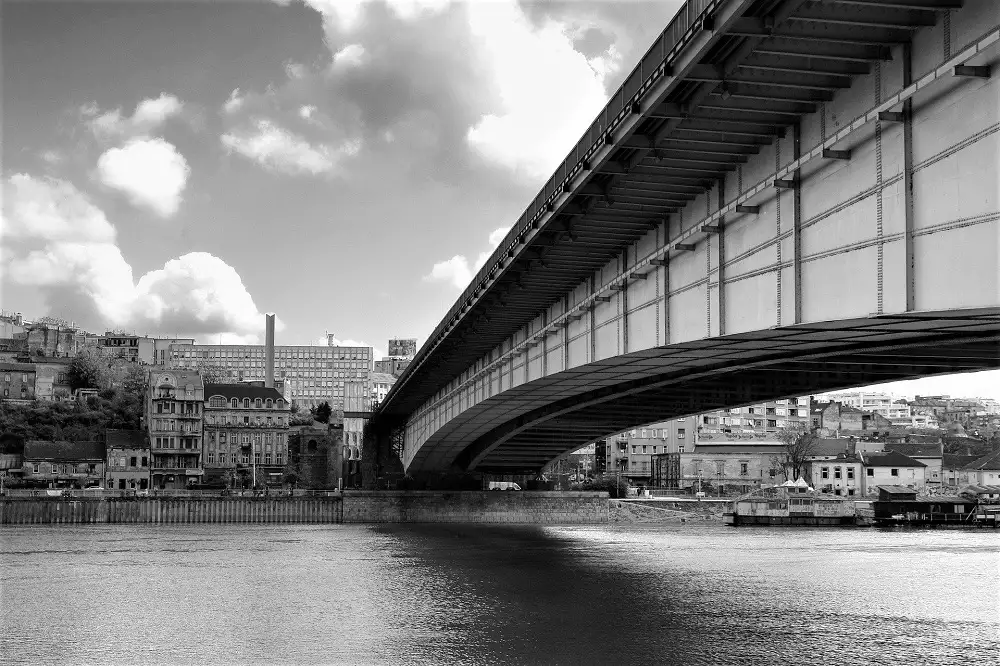
The oldest buildings that can be seen in Savamala today date back to the 19th and early 20th centuries. This time, we will focus on the buildings that did not withstand the test of time and try to imagine the ones that are no longer standing.
One of the most important buildings from the Austrian period was the Church of the Nativity of St. John the Baptist. It was located on the corner of Nemanjina and Balkanska Street. When the Austrians left Belgrade in 1739, the Turkish population arrived in Savamala. One of the first things they did upon arrival was to convert the church into the Mosque of Grand Vizier Ivaz Mehmed Pasha. It stood in that place until the Turks left the city when it was demolished.
Not far from there, at the site of the current foundations for the Branko's Bridge, there were the Liman Mosque and the Liman Inn. During the Turkish rule of the city, the term "Liman" was often used to refer to the frequently flooded area from the current Branko's Bridge to Gazela. Later, that area came to be known as Bara Venecija. There was a harbor in Liman, and numerous taverns, shops, and warehouses were owned by the Turks. Camels that brought large caravans could only bring their cargo to the city inns, and then they would return to Liman for rest. The last caravan from Belgrade started from there in 1854.
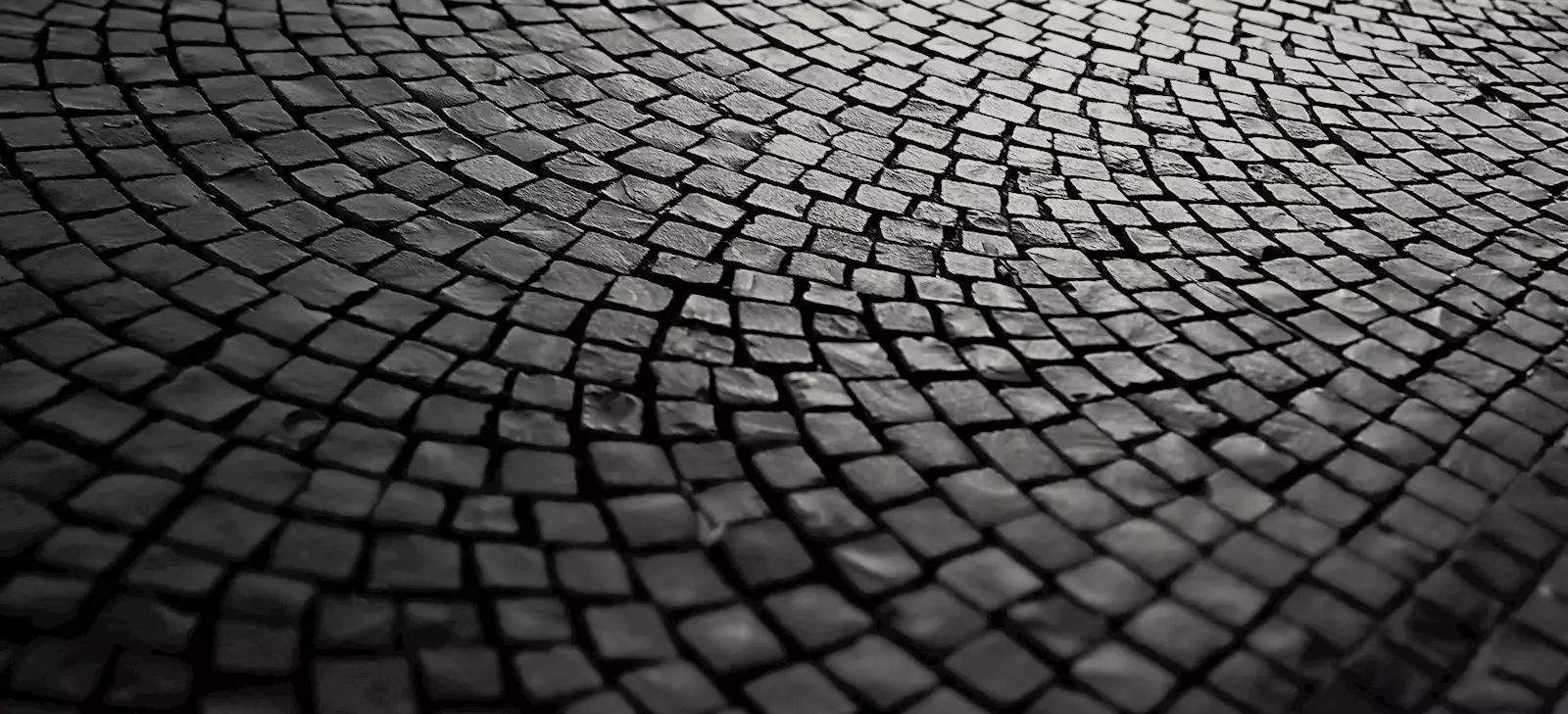
Significant changes in Savamala came at the beginning of the 19th century with the diminishing Turkish influence in the city. During that period, there were about 150 dilapidated houses in Savamala. During the First Serbian Uprising, Karađorđe conquered Belgrade through Savamala, and it remained in his hands until the collapse of the uprising in 1813. Prince Miloš Obrenović partially regained Belgrade in 1815, and Savamala, as a suburban village, became part of Serbia again. With the Hatišerif of 1833, the Belgrade administration fully passed into Serbian hands, and the city became the seat of the Belgrade Nahija. The Turkish population moved out of Savamala, and its urbanization began. Prince Miloš laid the foundations of today's Savamala, its streets, squares, and buildings. As early as 1829, there was one main street and several side streets predominantly inhabited by Serbs. The wealthier residents constructed multi-story buildings, while the poorer ones built single-story houses. These early buildings carried elements of Balkan architectural style, but they quickly embraced European influences.
One of the oldest buildings is the Residence of Princess Ljubica from 1830. However, Miloš already built a court complex between Kraljice Natalije and Nemanjina Street in 1838. Miloš's palace, located at the site of today's Financial Park, was luxurious, with 24 rooms and a large garden. Soon after its construction, the building was assigned to the Ministry of Finance. It was demolished during World War II, and only Miloš's hamam (bathhouse) remains preserved to this day, built in an Oriental style. The current building of the Ministry of Finance was constructed in 1889 on that plot.
The building of the People's Council was located at the site of the present-day Nikola Tesla Electrotechnical School. It was built in 1836 and demolished during the interwar period. In its place, a neoclassical-style building was erected in 1933, which initially housed the Second Women's Gymnasium and later the Higher Women's School.
Knez's Brewery was located on the corner of Admirala Geprata and Balkanska Streets. It was owned by Princess Ljubica, and it produced high-quality light and dark beer. The lessees changed over time, and one of the most significant ones was Ignjat Vajfert, the father of the greatest Serbian industrialist Đorđe Vajfert. The Svetoandrejska Assembly was held there in 1858.
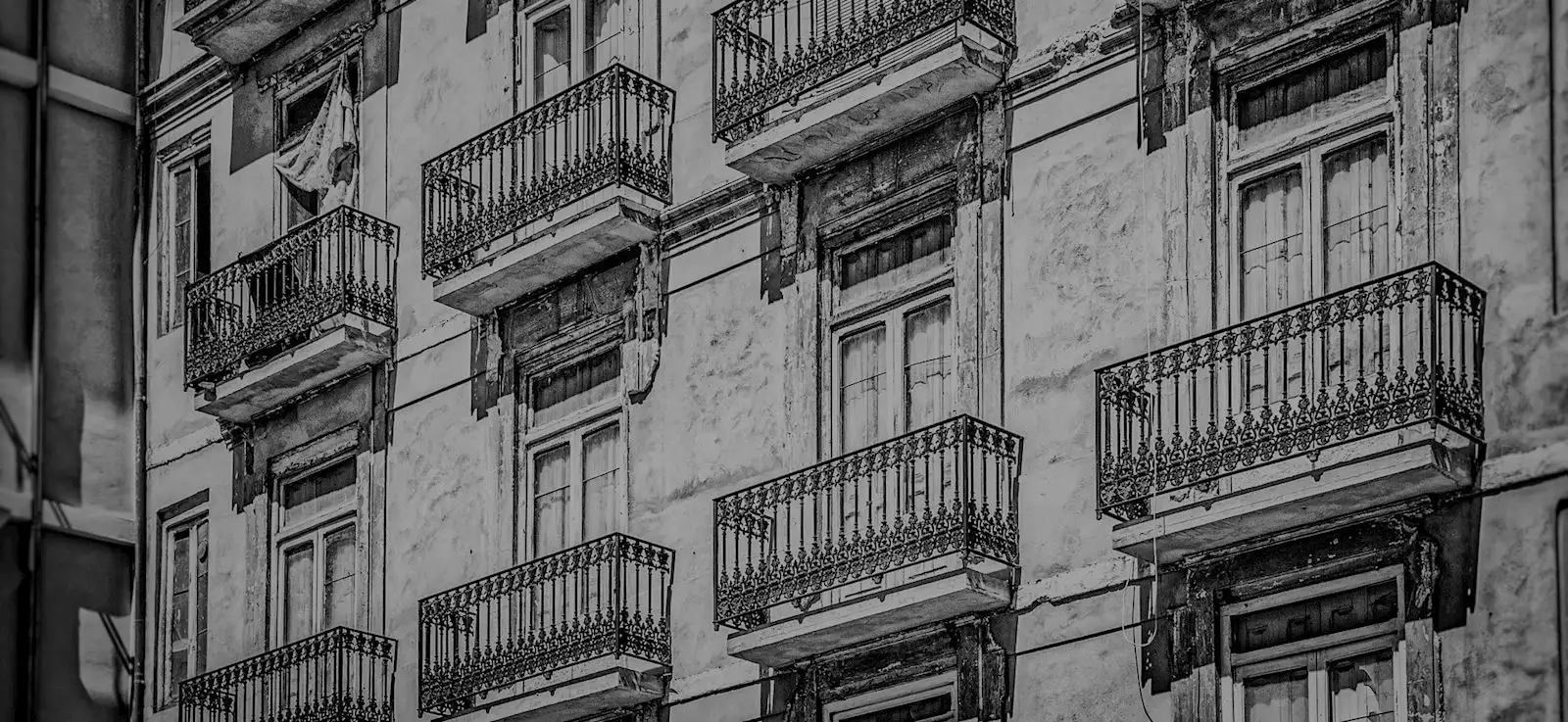
Mali Pijac (Little Market) was one of the two Savamala markets. It was located on the square of the same name, in front of the building of the Belgrade Cooperative, and it was the center of events. The market was removed when large buildings started to be erected in the surrounding area.
Not far from the bridge, near the current Customs House building, there was the Customs House or Đumrukana. It was the main connection between Belgrade and the world, as all trade with Europe went through it. It was destroyed during the Nazi bombing in 1941.
The area where the Hotel Bristol stands today was previously occupied by Kovačević's Han, probably built in 1834. In 1865, it was bought by Rista Paranos, after whom it was named Paranos's Han. During that period, it was one of the largest hans in the city, with numerous warehouses, shops, taverns, and stables. This was also the period when affluent merchants such as Luka Ćelović, the Krsmanac brothers, Đorđe Vučo, and the aforementioned Rista Paranos began to settle in Savamala. They left the largest number of buildings that we still see today.
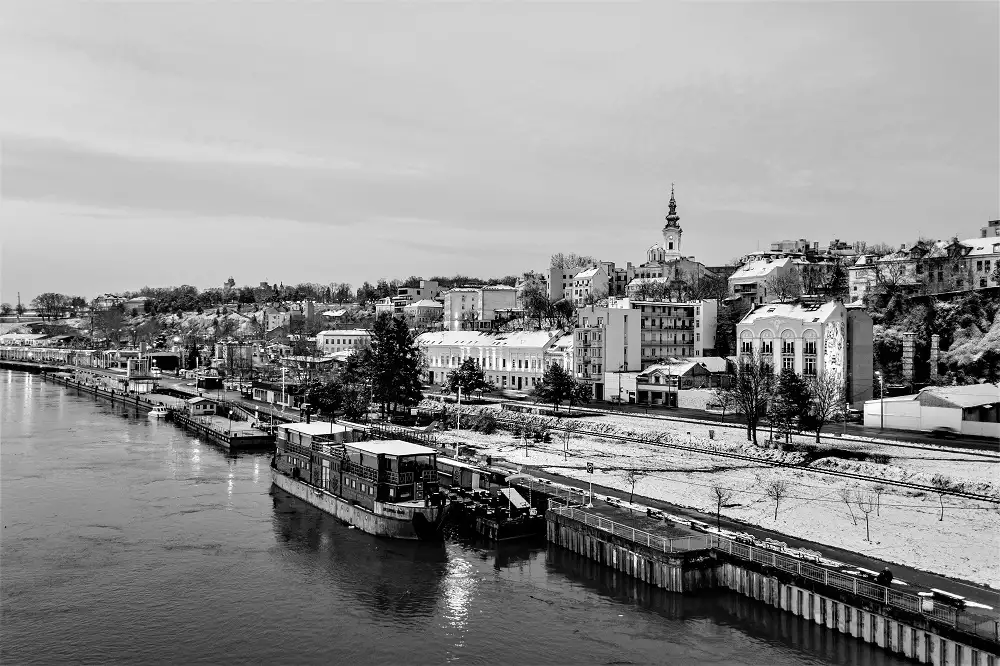
Nikoljski Trg was located where the arrival platforms of the Central Bus Station (BAS) and the recently demolished Simpa building were. It extended towards the Sava River and was enclosed by a metal fence.
In the parking lot of the building at Karađorđeva Street 49, at the intersection with Crnogorska Street, there was the house of Tasa Nerandžić, a famous iron merchant. The house was attached to the current building where a large mural is located. It is also known for a great crime that shook the capital. Tasa's son, Milan, shot his father, mother, brother, and then himself. The house existed until World War II when it was bombed.
On the other side of Crnogorska Street, there were two taverns - Bosfor and Kičevo. Due to their proximity to the port, they were known as gathering places for local troublemakers, and both disappeared during the construction and expansion of the Branko's Bridge.
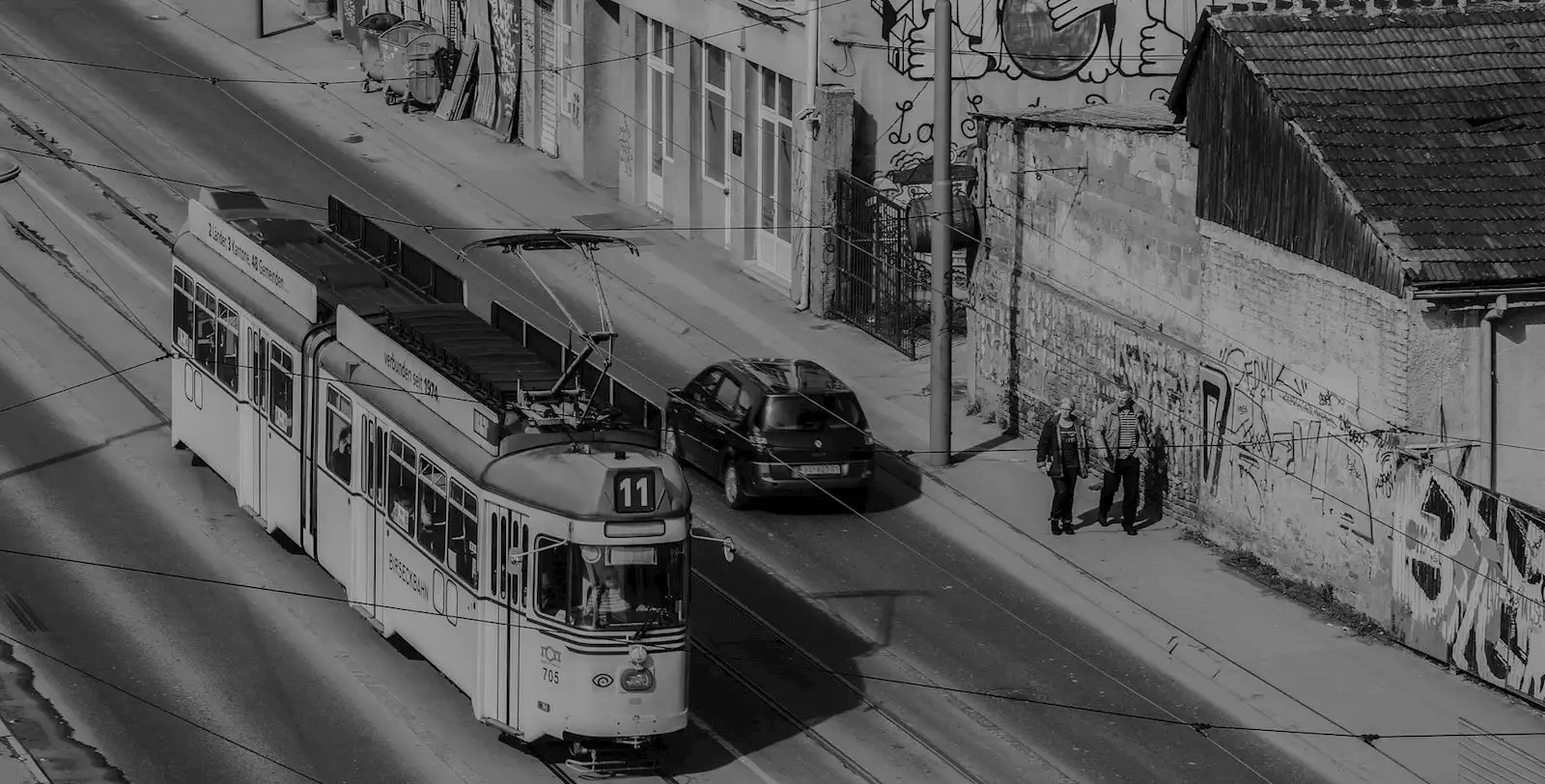
The spirits of Savamala's past seem restless, as even today we occasionally lose a building, a house, or even a street. Until recently, one of the oldest houses could be seen in Svetozar Radić Street, but it was demolished to make way for a hotel. Also, the waterfront building, known as the Spanish House, although a kind of monument to the history and culture of our city, no longer has a roof after it collapsed a few years ago.
If we can't preserve the Savamala palaces as symbols of the past, we can at least cherish the memory of a more beautiful Belgrade and Savamala that no longer exist...